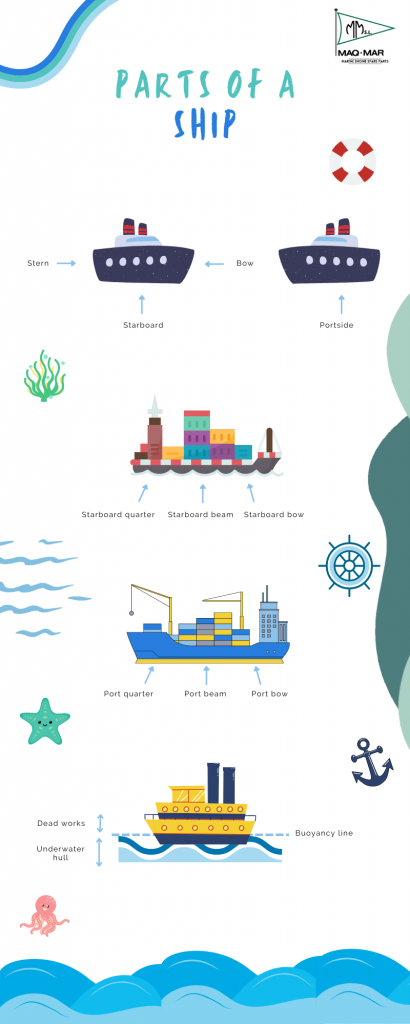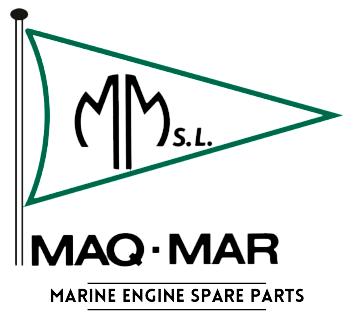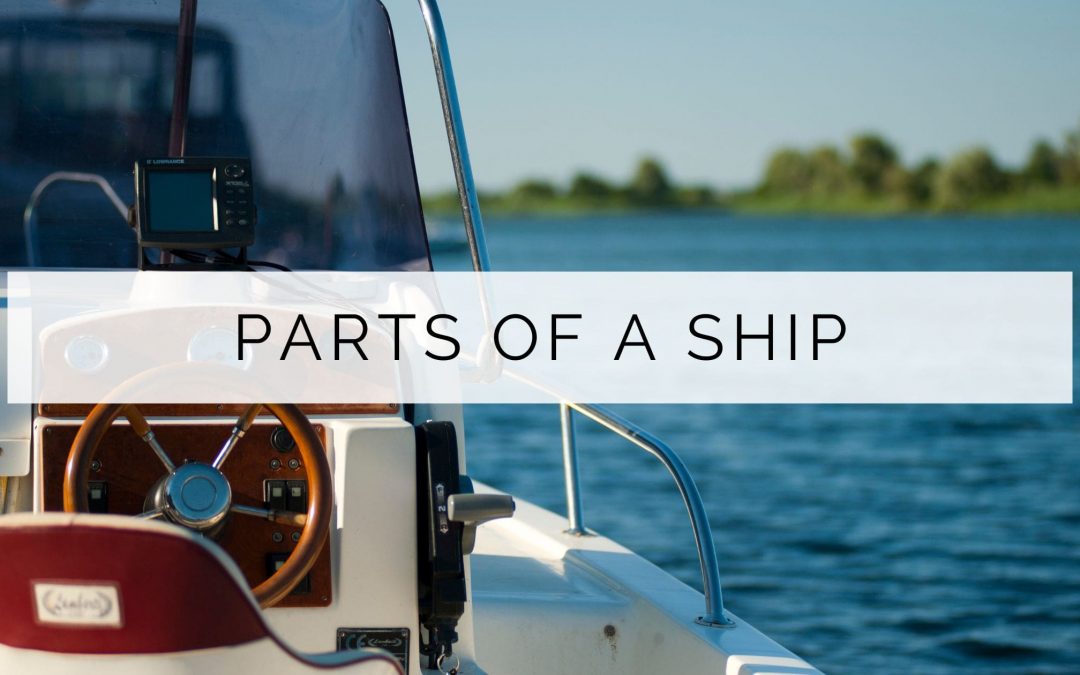In today’s post, we will explain the parts that compose a ship. Firstly, we have to understand how a ship is measured because the dimensions of a ship have a special name.
- Length: The length of the ship is commonly measured in feet and is called length (1 foot = 30 cm approximately).
- Breadth: This is the width of the ship. As this is not the same in all areas, the maximum beam measurement is usually used, which measures the distance at the widest point of the ship.
We will now move on to explain the most important parts of a ship.
Front part: bow
The front part of a ship is called the bow and is shaped like a point or wedge in order to be able to ram the waves and make its way through the water. On the ship’s bow are located: the anchor, the anchor pit and the anchoring chain.
Backside: stern
The back of the ship is called the stern. Here are located: rudder, propellers, engine, cockpit, cockpit table, wheel, steering wheels, engine controls, benches, chests and the stern access.
Right side: starboard
If we look at the ship from the back (stern), the part to the right is called the starboard side.
Left side: port side
If we look at the ship from the back (stern), the left side is called the port side.
Central part: beam
It is the widest part of the hull, located in the middle of the ship. There are two on each side:
- Port beam: this is the left side of the ship between the bow and stern, right in the middle.
- Starboard beam: the right side of the ship between the bow and the stern, right in the middle.
Bows
They are the ones that give the pointed shape to the front of the ship on both sides. It is the part that goes from the widest part of the hull to the bow of the ship, and there is one on each side:
- Starboard bow.
- Port bow.
Quarters
It is the part that goes from the widest part of the hull to the stern of the ship and there is also one on each side:
- Starboard quarter.
- Port quarter.
Hull
The hull is the outer shell, which encloses and waterproofs the structure of the ship. Normally, a ship is usually a monohull, but there are also multihulls such as catamarans and trimarans. It can be made of different materials: wood, steel, aluminum, fiberglass, resin, etc. and can have different shapes depending on its intended use.
Deck
The deck is the floor of the ship, the area where people can walk. The deck at the top is called the main deck.
Centerline
If we divide the ship with an imaginary line from the stern to the bow right down the middle, we get the centerline.
Sides
These are the two parts that come out when the ship is divided in half (centerline).
- Port side: the entire left side of the centerline
- Starboard side: the entire right side of the centerline would be the starboard side
Buoyancy line
It is the part that comes out when dividing the ship between the submerged part (live work/underwater hull) and the part that floats (upper works/dead works).
Underwater hull
The part of the hull that is not visible because it is submerged is known as the hull or hull skin. It is usually painted with non-stick paint to prevent algae or mollusks from becoming encrusted.
Upper works/dead works
The part of the hull above the waterline is called the dead work.
Rail
This is the uppermost part of the ship’s side, which serves as protection on deck to prevent falls into the sea. Small boats and sailboats do not have a gunwale, but they do have protection bars called candlesticks with a cable (handrails and guardrails).
Cockpit
It is usually located in the center or stern of the ship and is the open area where passengers are usually seated outside.
Hatch
These are square or rectangular openings that are made in the ship’s deck to enter the interior of the ship.
As we said, these are some of the parts that can be seen from outside of the ship. At MAQMAR we are specialized in parts that go inside of the ship: spare parts (such as mechanical seal, o ring, radial ball bearing, gasket, casing cover…), pumps (such as centrifugal electric pumps) and marine diesel engines. Do not hesitate to contact us to solve your doubts. Surely we can help you find what you need.
See you next post!

